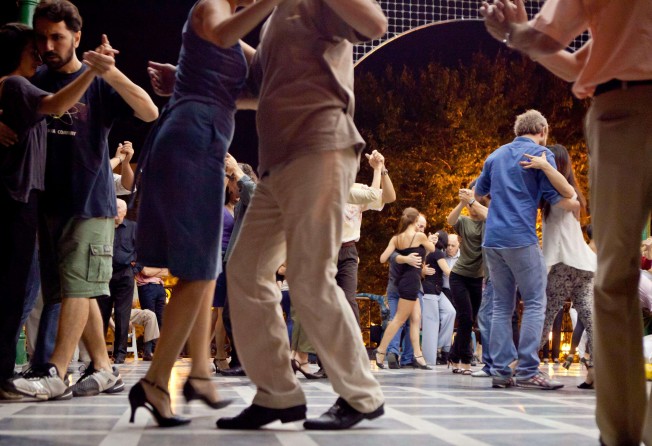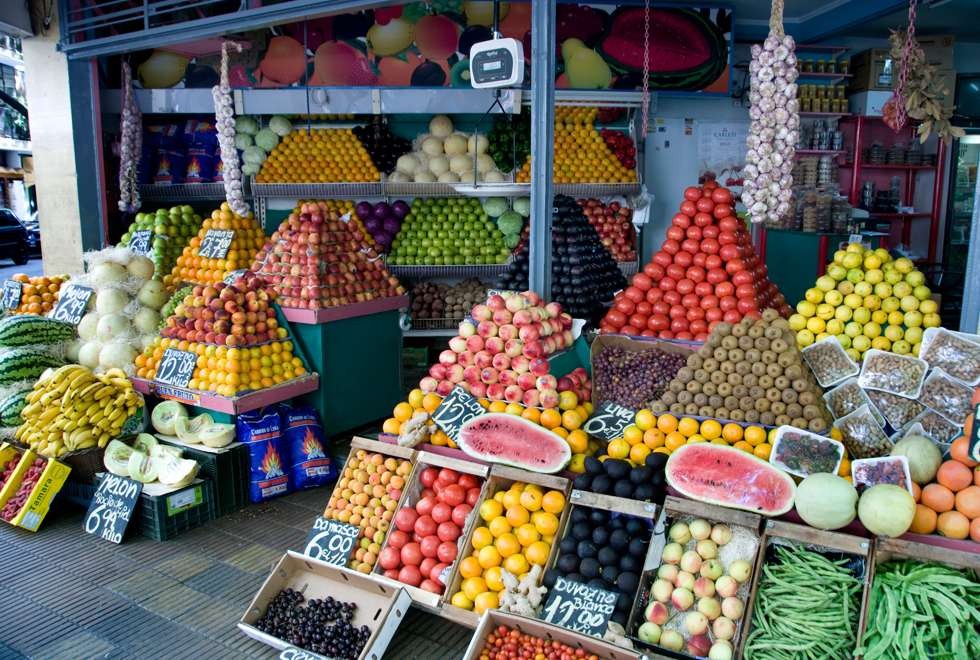
A photographic tour of Buenos Aires shows city in a whole new light
Scratch the surface of the seemingly uninspiring Argentinian city and you’ll find a wealth of fascinating scenes just through your view finder

Now that everyone has a camera in his or her pocket, and the ability to present the whole planet with a fresh snap every few seconds, we seem to be living in a kaleidoscope of ill-composed and ill-exposed images.
In the days of film, we were more conservative, each press of the shutter being carefully considered. Carrying a camera was a conscious decision and principally for holidays, maybe resulting in a slide show for friends upon return. Perhaps it’s time to become more reticent again, to get an education in composition and control of the camera, and to take fewer but better pictures, whether using a smartphone or a sophisticated DSLR.
Buenos Aires lacks sights truly impressive and memorable enough to be snappable symbols of the Argentinian capital, as the Eiffel Tower is for Paris and Tower Bridge for London, although the Floralis Genérica, a giant automated steel-and-aluminium flower in the wealthy Recoleta district, is perhaps intended to fill the gap. The pan-European architecture of the canyon-like streets, however, is a constant source of surprise and pleasure.
In the first part of the 20th century, shipments of grain and meat to markets in Europe made Argentina one of the 10 richest countries in the world. Its population consisted largely of recent European immigrants, and local humour still has it that a Porteño – a native of Buenos Aires – is an Italian who speaks Spanish, thinks he’s English and wants to be French. The result is not only a vast range of dining options, and the best pizza outside Italy, but an immense variety of monumental buildings. Art-deco and art-nouveau masterpieces tower over ornate Spanish villas, punctuated by classic British red pillar boxes.

Photography tour company Foto Ruta aims to assist with cramming all this cultural variety into the viewfinder, sending visitors out with a professional photographer with experience in shooting the location or type of subject chosen.
My party of two meets photographer Kicca Tommasi over coffee and a croissant in Le Pain Quotidien, a spacious café carved from one of Palermo’s traditional “chorizo” houses, named for their narrow frontage but great depth, often leading to a hidden garden. In this one, the original brickwork, floor tiles and a framed glass conservatory remain.

“It’s a good way to photograph food. Or when you cannot control the surroundings of your subject you can out-of-focus it. It’s a creative tool. It’s nice to experiment shooting the same picture using different depths of field.” She pauses. “I make people do that.”
After a review of camera settings we step outside to see what we can capture of low-rise Palermo, a still faintly bohemian district, like London’s Notting Hill.
“It was a lower-middle-class area, very humble, mostly of Italian origin,” explains Tommasi. “Then artists started moving in and it became cool, so money followed, prices started going up, and eventually artists couldn’t afford to live here any more.”
The pastel-coloured buildings seem friendly and cheerful, and there are comforting pools of shade beneath the trees that line the pavements. Some buildings are of solid Spanish construction and some of plain brick and as sober as if flown in from Amsterdam. A number of restaurants make the best of the remnants of light industry, their interior spaces left rough, cogs and gadgetry suspended over diners’ heads.
There is the smell of wood-fired pizzas; car tyres rattle over the streets’ original brick paving; and music oozes from bars. Tailors in small shops offer nattily cut jackets made from local materials, their displays adding splashes of colour to the streets. Open doors in ornate neoclassical or art-deco façades offer glimpses of patterned parquet floors, dulled by time and sunlight.
We shoot the lettering outside restaurants and examine street art covering shop fronts, much of it commissioned and signed, in particular spending time with a floral mural by local painter Josefina di Nucci.
“Get someone walking past, perhaps blurry, to give some contrast, because a straight-on picture of street art is really boring,” instructs Tommasi. “It’s either the details or it’s people interacting with it. Then you know the dimensions and you understand.”
We enter the old-world bookshop Libros del Pasaje, a long tunnel lined floor-to-ceiling with volumes and sliding ladders, and two café spaces hidden away at the rear. Tommasi makes use of a multi-paned window between them.
“I like when a frame presents the opportunity to put people in different scenes,” she says, showing us a striking image of individual customers caught separately in each of the panes. “If I get really boring, tell me. But try this shot with two depths of field, so that it’s clear.”
The afternoon ends too quickly, and we enter Ninina bakery, all pale-wood floors, tables and bentwood chairs, to review our achievements in detail. But not before a gâteau from an immense selection gets the paparazzi experience as we experiment further with depth of field.
If Tommasi likes a photo, her reaction is instant. If there is a pause, we need to try again. But lessons have been learned and, in the following days, we slow down, fingers only tentatively on the shutter button, and ask ourselves, “What would Kicca say?”
We’ve been exposed to a different way of thinking, and we leave some corners of Buenos Aires un-shot.


